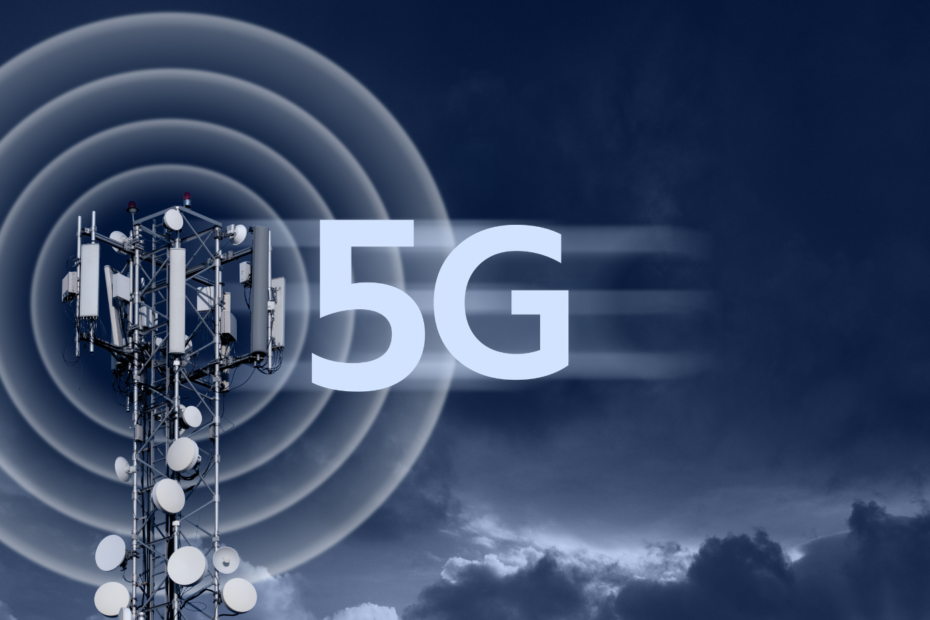As the world ushers in the transformative era of 5G connectivity, the promise of faster and more reliable networks comes hand in hand with fresh challenges. In particular, challenges concerning the protection of critical outside plant infrastructure. This article explores the challenges posed by 5G technology and strategies to fortify the resilience of outside plant (OSP) infrastructure.
The 5G Revolution: Redefining Telecommunications Dynamics
The deployment of 5G technology signifies a paradigm shift in telecommunications. 5G offers unprecedented connectivity, ultra-low latency, and the ability to support a massive number of connected devices. However, this evolution also brings forth novel challenges. We now need a reassessment of protective measures for outside plant infrastructure to ensure the operation of telecommunication networks.
Specific Challenges Confronting OSP In The 5G Landscape
- Infrastructure Densification: The implementation of 5G networks demands a higher density of small cells and antennas, amplifying the vulnerability of OSP to physical damage during installation and maintenance activities.
- Higher Frequency Spectrum: The utilization of higher frequency bands in 5G technology results in reduced signal propagation distances, requiring more closely spaced OSP components. This compression of spatial elements heightens the risk of unintentional damage during construction and excavation.
- Increased Power & Cooling Needs: The introduction of 5G necessitates additional power and cooling infrastructure, placing added strain on OSP components. Safeguarding these elements becomes paramount to maintaining the reliability of the network.
Strategies For Reinforcing OSP Resilience Amidst 5G Advancements
- Advanced Monitoring Systems: Deployment of sophisticated monitoring systems that utilize sensors and real-time data analytics to identify abnormalities. Early detection facilitates swift responses to potential threats, minimizing downtime and service interruptions.
- Strategic Placement of OSP Components: Careful planning and strategic deployment of OSP components to minimize the impact of densification. Ensuring appropriate spacing and alignment can reduce the risk of accidental damage during construction and maintenance activities.
- Integration of Robust Materials: Utilizing advanced materials capable of withstanding the heightened demands of 5G infrastructure. The incorporation of durable and weather-resistant materials contributes to the longevity and reliability of OSP components in the face of evolving technology.
- Collaboration With Construction & Development Sectors: Establishing collaborative efforts with the construction and development sectors to enhance awareness of OSP components and implement best practices for the installation and maintenance of 5G infrastructure.
The Tomorrow Of OSP In The 5G Era
As the deployment of 5G networks reshapes the digital landscape, the resilience of outside plant infrastructure takes center stage. By confronting the challenges posed by 5G technology and implementing protection strategies, we can integrate next-gen networks while safeguarding the critical OSP components that form the backbone of our connected future.
Learn More
To find out about how Phoenix Loss Control can help when outside plant infrastructure damages occur, please click here.
For additional reading on OSP projects during the 5G deployment, check out this article.

